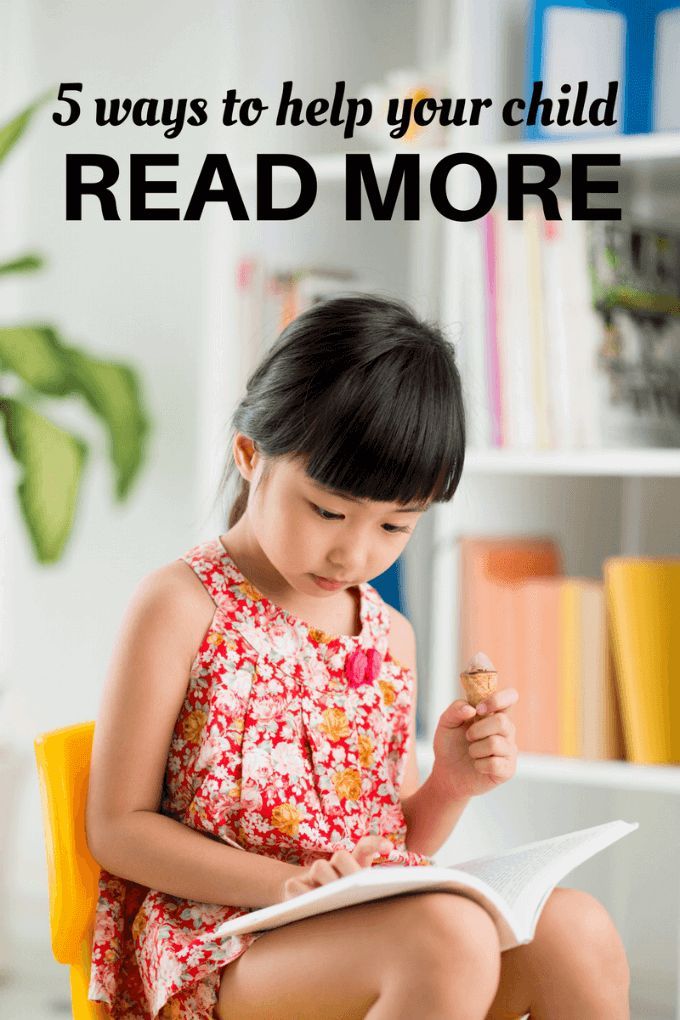5 Ways on How Children Learn
In their book, Humans as Self-Constructing Living Systems, Martin E. and Daniel H. Ford stress the fact that the human brain is designed to provide the capability to learn what is needed at any given period of life. This can be seen in the way a baby quickly learns to recognize facial expressions in order to understand when his parents are pleased or upset. Learning is necessary for survival and the more reward gained from learning something, the greater an individual wants to learn. The better a person is at something, the more they enjoy doing that thing because their passion can lead to a state known as “the flow”. This is when they become totally immersed in what they are doing, and hours can pass by without notice.
Studies conducted by both The Natural Learning Institute and the Evolution Institute focus on examples of how children learn naturally in environments where formalized schooling isn’t always available. Their studies show that there are several traits that all children, whether from remote areas or highly-populated ones, share.
1. Children learn best through doing.
Think about activities such as walking. You don’t tell a child he first needs to learn how to put one foot in front of the other and then wait until he learns to do that before moving forward. The child watches those around her walking and tries. She falls, adjusts her balance and tries again. She keeps practicing until she learns to walk, and eventually run. The process requires encouragement from those around her and the ability to accept failure at first, but through persistence, she learns what is necessary to improve a skill she wants to learn. This is true for almost everything. By allowing a child to do something, they can use all their senses and instinctively will use the learning method that works best for them. Making the learned material relevant to life makes it learn-able.
2. Children excel in mixed-aged groups.
Children are more likely to want praise and acceptance from other children. By allowing children to play in mixed-age groups, younger ones learn skills from older children. Older children, in turn, learn skills like patience and how to teach. Both age groups benefit by learning the skills that are necessary to be successful in that situation.
3. Learning requires a safe environment.
This is obvious where physical safety is concerned, but children can feel attacked and unsafe in many situations. If they believe they have angered someone in charge, disappointed someone and feel scared they may lose that person’s love, or feel their self-esteem being attacked, they feel unsafe. This can occur when someone who is teaching laughs at their mistakes, tells them consistently they are wrong or dumb, or in some other way makes them feel they are being attacked emotionally. Often the child will start to shy away from anything that resembles that unsafe situation. When you feel you need to fight simply to survive, physically or emotionally, that survival takes all your energy and learning can’t take place.
4. Children learn best when they choose what to learn.
We all know a child who may be able to tell you the difference between the spots on a leopard and those on a cheetah or how polliwogs are different from tadpoles but can’t remember who discovered America or where Iowa is on a state map. That is because they asked about the first things. It was their question and they will hold tight to that answer. They didn’t ask about the other things, at least not yet, so the information did not stick quickly in their brain.
5. Children learn best through play.
This combines hands-on activity, fun, and interest. Making a subject fun and interesting will go a lot further than asking a child to memorize a list of things or recite some facts that the child can’t see a use for. Using music, art, and role-playing work much better than simple memorization.

